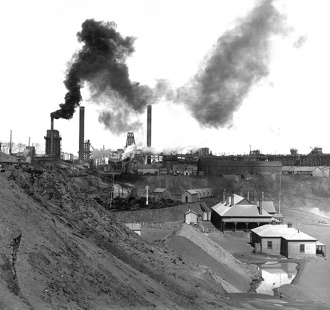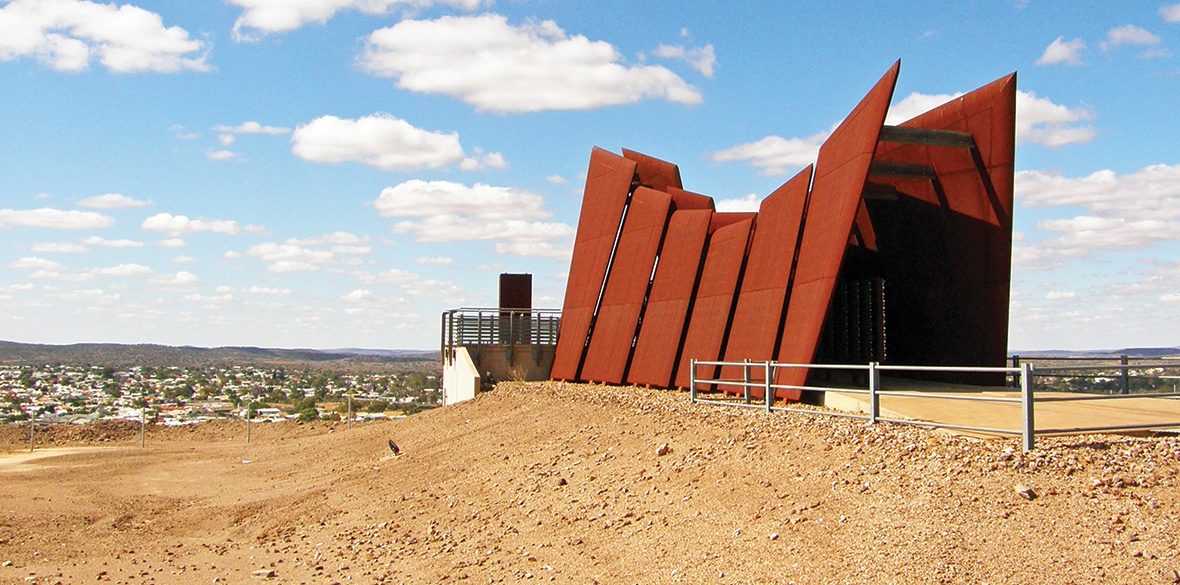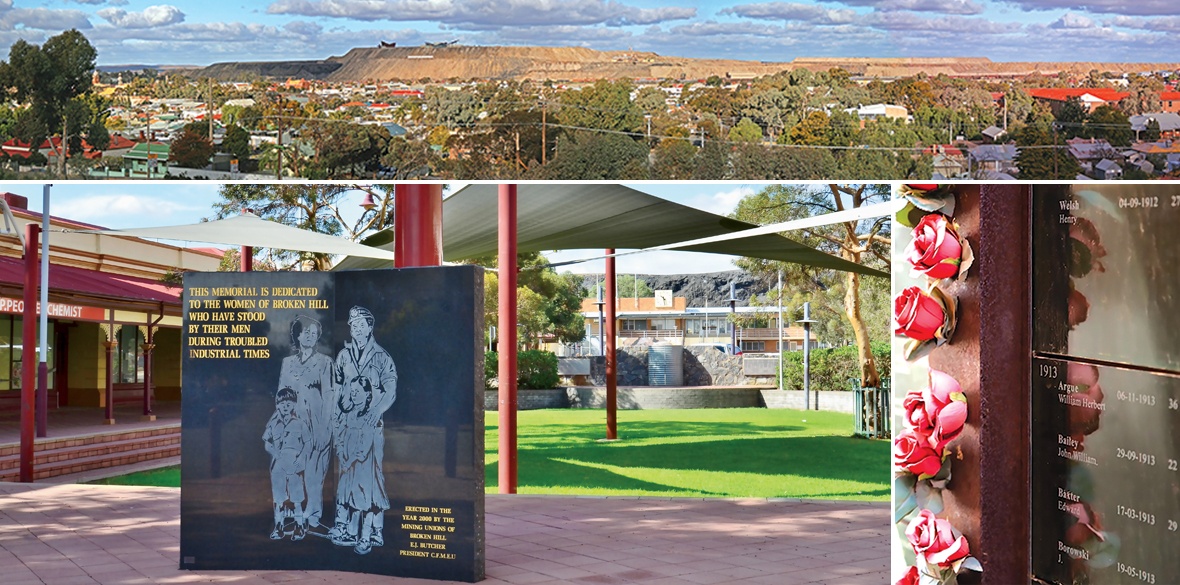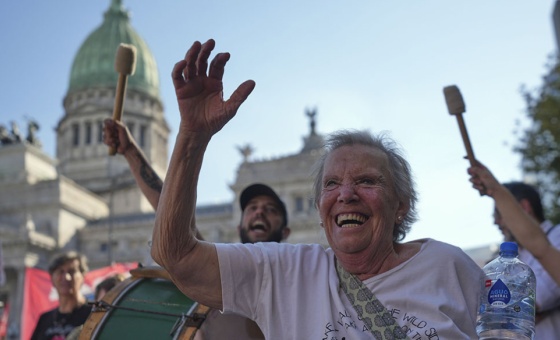This is the last article you can read this month
You can read more article this month
You can read more articles this month
Sorry your limit is up for this month
Reset on:
Please help support the Morning Star by subscribing here
THE town of Broken Hill is dominated by a 30-metre-high slag heap, from a now defunct silver mine, on top of which sits a dramatic memorial to the miners who lost their lives in its entrails — well over 800 in total.
The settlement — deep in the “outback” and over 1100km west of Sydney and just over 800km north of Melbourne — became a prosperous boomtown following the discovery of silver deposits in the early 1880s.
Mining operations started 140 years ago in 1883 and continued well into the 1990s.
The said Line of Lode is a once-rich ore vein that bisects the town.
Broken Hill, often referred to as “Silver City,” is on the National Heritage List and remains Australia's longest-running mining town. The area was intermittently — it lacked open water sources — lived in by the Wiljakali native people.
The memorial perched breathtakingly at the edge of the arid slag heap spellbinds. Designed by Angus Barron, Steve Kelly and the late Dario Palumbo — all final-year students of architecture at the University of South Australia — and inaugurated in 2001, it is composed of two inwardly angled parallel sets of large sheets of steel that resemble, from the inside, a main nave of a cathedral. The corten steel red pierces defiantly the blue of the sky above.
On entering the “nave” further solemnity is added by a “via dolorosa” of freestanding glass panels, the lengths of the memorial, etched with the names of each of the miners who perished in the appalling conditions prevalent in the mining industry of the time.
Next to each of the names there is slot where fresh flowers are regularly placed — a testimony to unforgotten grief and stark reminder of capitalism’s callous barbarity.
The ruthless and brutal exploitation of mineworkers by the owners was challenged regularly with iconic strikes that shaped the Australian labour movement.

One such strike in 1909 saw Tom Mann’s involvement as described in a recent article in this paper.
The “nave” leads to a viewing platform overlooking Broken Hill and the memorable vista turns spectacular at sunset and even more so later when night envelops the town and its lights come on.
Down below, in the town square in front of the railway station, a monument comprising two slabs of granite honours the women who, during the strikes, picketed outside the mines, organised protest marches and rallies, physically impeded and publicly shamed the scabs brought in by the mine owners.
It bears an image of a mining family and an inscription: “This memorial is dedicated to the women of Broken Hill who have stood by their men during troubled industrial times. Erected in the year 2000 by the mining unions of Broken Hill.”
At the unveiling, the then president of the mining union CFMEU, Eddie Butcher, said: “They [the women] were the unsung heroes as they stood by their men, through the toughest and darkest hours of mining history. Women are the backbone of Broken Hill’s society and they truly deserve the recognition that this monument will give them.”
Iconic and talismanic, both memorials symbolise, with seldom seen visual eloquence, the spirit and endeavour central to the perpetual class struggle for a better future for all humanity.












